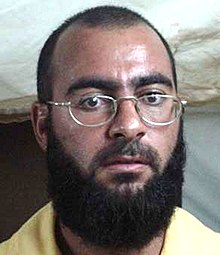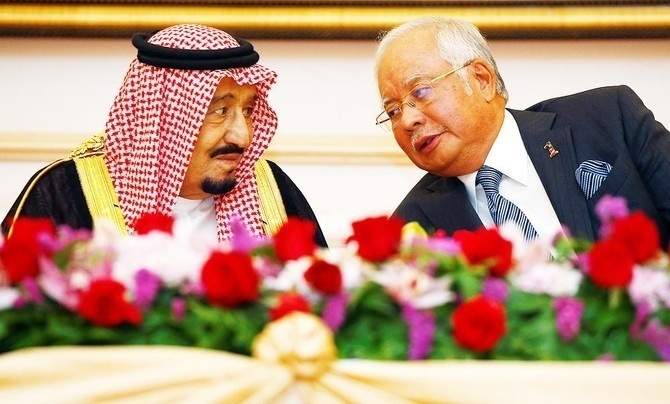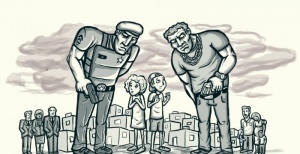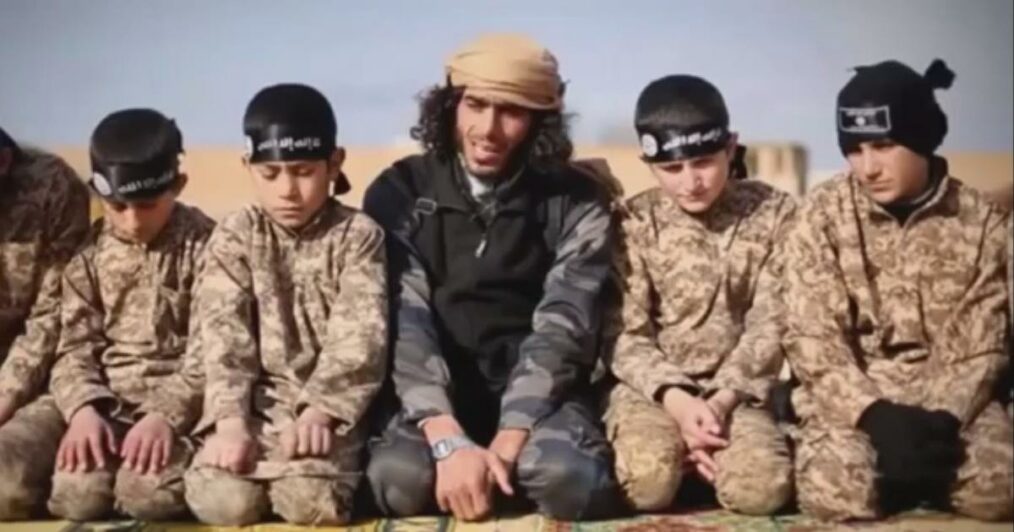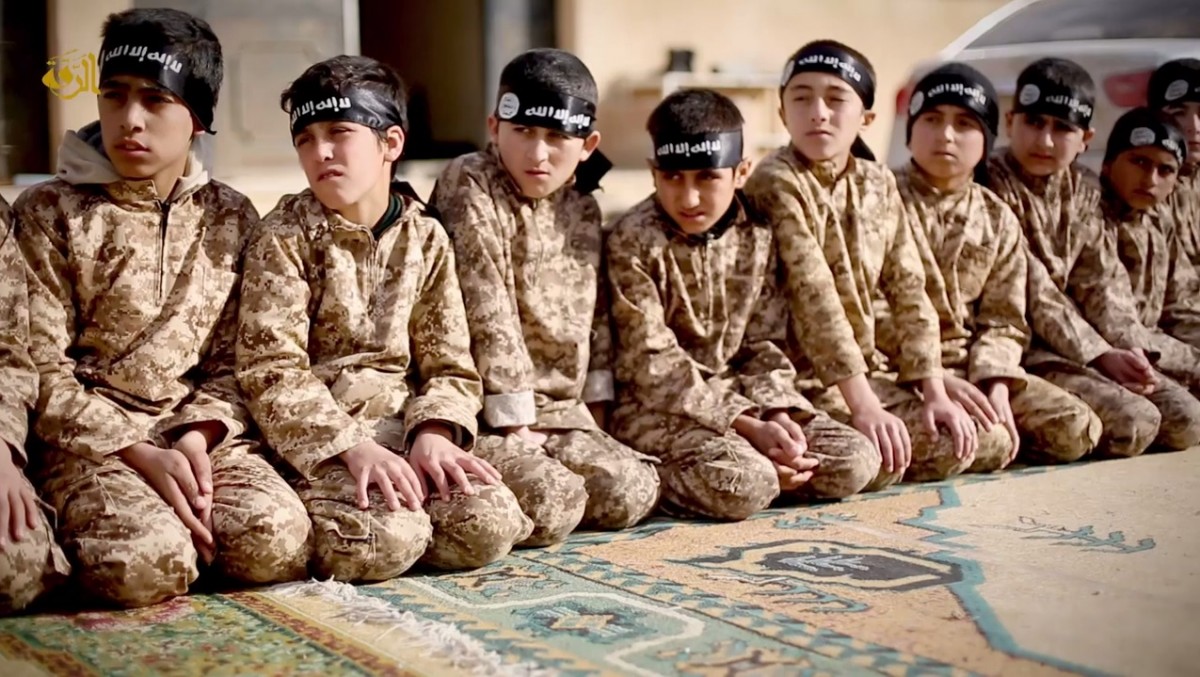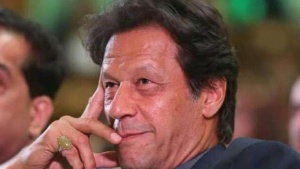
https://aaj.tv/2018/08/imran-khan-elected-22nd-pm-of-pakistan/
Earlier this summer Imran Khan of the Pakistan Tehreek-e-Insaf (PTI) Party was elected Pakistan’s new Prime Minister, ending the Pakistan Muslim League’s (PML-N) five-year reign. Imran Kahn’s PTI Party is forming a coalition government, promising to fight corruption and introducing austerity measures to manage government spending given the country’s dire economic crisis. Major challenges await the new government, including boosting the devalued currency and halting militant group financing. Besides security at home and foreign policy issues like Afghanistan and India, the government is expected to seek more than $10 billion from the International Monetary Fund (IMF) to balance its budget, as well as from partners like Saudi Arabia and China. The loans come with conditions which will affect the majority of Pakistanis. The economy – including ensuring the affordability of everyday items like milk and sugar – will be the biggest challenge to the incoming prime minister. Young Pakistanis who supported the cricketer have high hopes for Pakistan.
Who is Imran Khan? Now 65, Khan was raised in Lahore by his ethnic Pashtun family and became one of Pakistan’s most famous cricketers. As captain of the national team, he led Pakistan to victory in the 1992 World Cup before retiring and devoting himself to social work. Khan later founded the Pakistan Tehreek-e-Insaf Party (PTI) to vouchsafe justice for all Pakistanis. In 2002, he won a National Assembly seat in the general election. He also led protests against election fraud in 2014 and demanded Nawaz Sharif’s government resign. Khan ran on domestic promises to rout corruption, create 10 million jobs, and construct 5 million low-cost homes. On foreign policy, Khan advocates resolving the Kashmir dispute, peace talks with the Taliban, and criticizes U.S adventurism in neighboring Afghanistan.
What’s significant about Imran Khan’s victory is how his justice banner connected with voters. His pleas on behalf of ordinary Pakistanis struggling for a living paid off, which recalls Zulfikar Ali Bhutto’s slogan Food, Shelter, and Clothing. One wouldn’t be remiss for pointing out that Khan’s team lacks the experience and chops of former Pakistani leaders like Bhutto and Sharif. Khan is a breath of fresh air for Pakistan, as well as a break from tradition, but will he transform sentiment into successful policy outcomes and give Pakistanis what they need?
Seen in a particular vantage point, Khan’s team’s naivete can be seen as net neutral. Pakistan’s experienced leaders like Nawaz Sharif, as often as not, brought the country piles of debt, rendering Pakistan on the brink of bankruptcy. New people and ideas could allow it to start afresh and hopefully, Khan’s team remains dedicated to improving ordinary Pakistanis’ lives, especially in his base at Punjab. There, folks would like nothing more than contribute meaningfully to the country’s development.
The European Union Election Observer Mission found no election day vote-rigging, a real departure in this region. It found a lack of opportunity equality and systematic attempts to undermine the ruling party. Nonetheless, the elections were well organized and result discrepancies were consequences of governmental and election commission flaws rather than malice. Pakistani elections were commended by EU observers as fair, despite pre-election procedure improvements suggested for the next term.
The opposition’s criticism took three forms: first, that PTI had nothing to do with election tampering, let alone rigging. Second, the Pakistani Electoral Commission owns aforementioned administrative flaws. Khan has been transparent about investigating administrative flaws. At the end of the day, he won 116 seats in the National Assembly. The real crucible for Khan will be running a country of 200 million people – it will prove more complicated than captaining a Cricket team of 12, to say nothing of Punjab Province. It is hoped that Khan’s peace-offerings to the opposition will yield a new government which works for the people.
If Khan’s anti-corruption campaign succeeds, billions of dollars outside Pakistan could return. Will the PTI apply those funds directly to the Pakistani people’s needs? Will the nation’s powerful military give Khan the political space he needs to lead without the military meddling in decision-making? Even more, PTI is not a Pakistani ideological monolith. Rather, it is divided between activists who’ve jumped ship from parties like the PML-N and PPP.
As regards foreign policy, Khan has been critical of the U.S.’s war in Afghanistan, especially its use of drones inside Pakistan’s Waziristan and other tribal areas. Khan is calling for better ties with Washington at a time when the U.S. has suspended Pakistani aid. The post 9/11 skepticism that defines each side’s perception of the other must be cast off for the two to find common cause on regional and global issues. Each wants what might be impossible for the other to deliver: Washington wants Pakistan to stop the arming and funding militants like the Haqqani Network and Lashkar-e-Taiba. And Pakistan wants the U.S. to sit for peace talks with the Taliban. This is to say nothing of Pakistan’s relationship with its neighbors, and U.S. nemeses, China and Iran.
Imran Khan wants to put aside the long-simmering dispute over with India over Kashmir. As a popular figure in India, Khan has visited that country many times as a Cricket player and social worker. If anyone is popularly situated in both countries, it’s Khan. A dialogue between Islamabad and Delhi – among the least economically integrated regions in the world – is desperately needed to benefit both sides.
